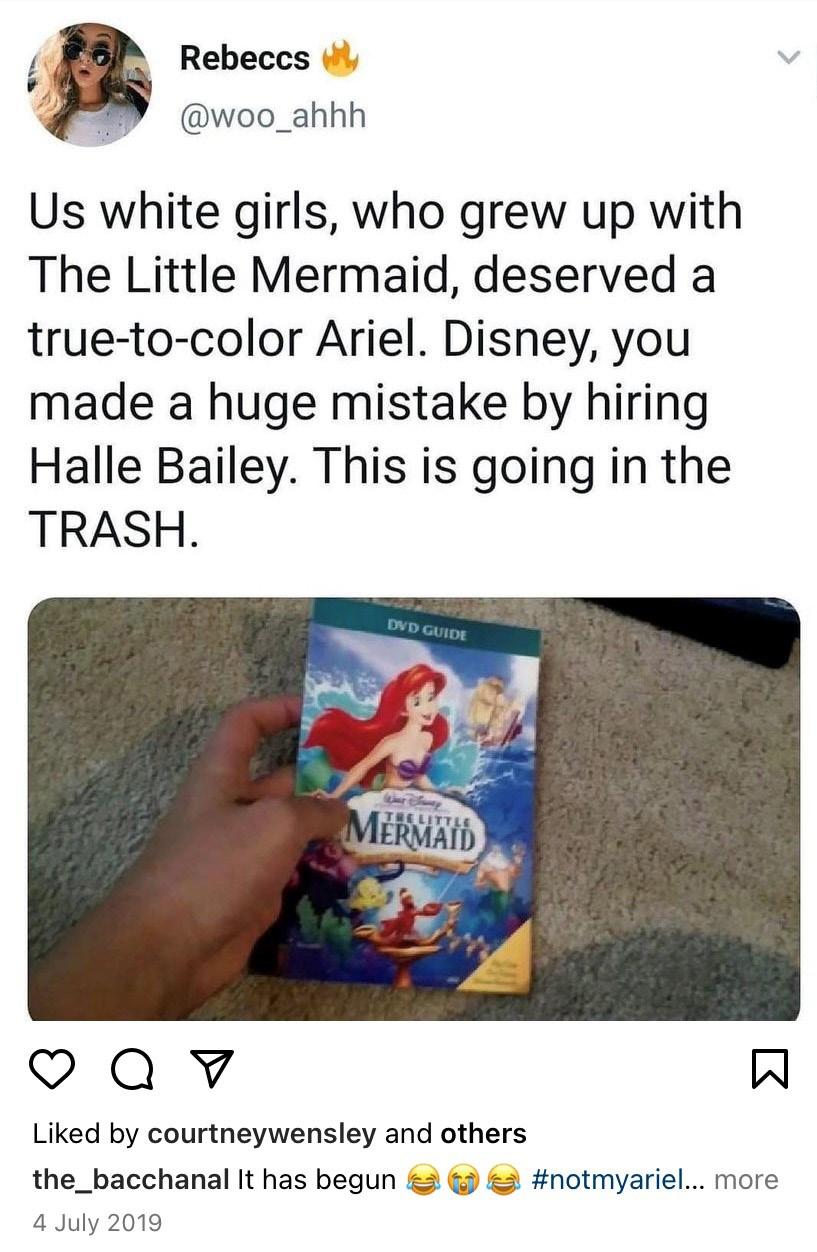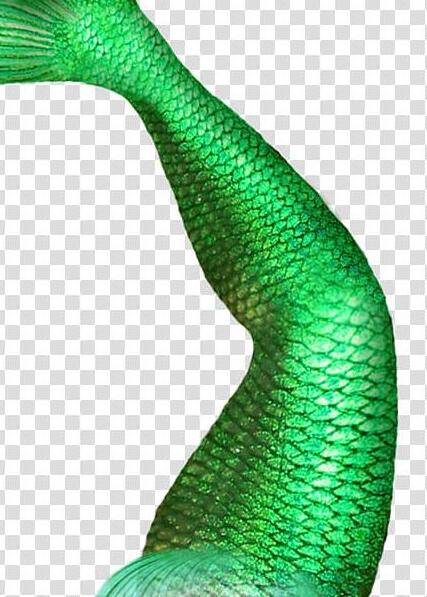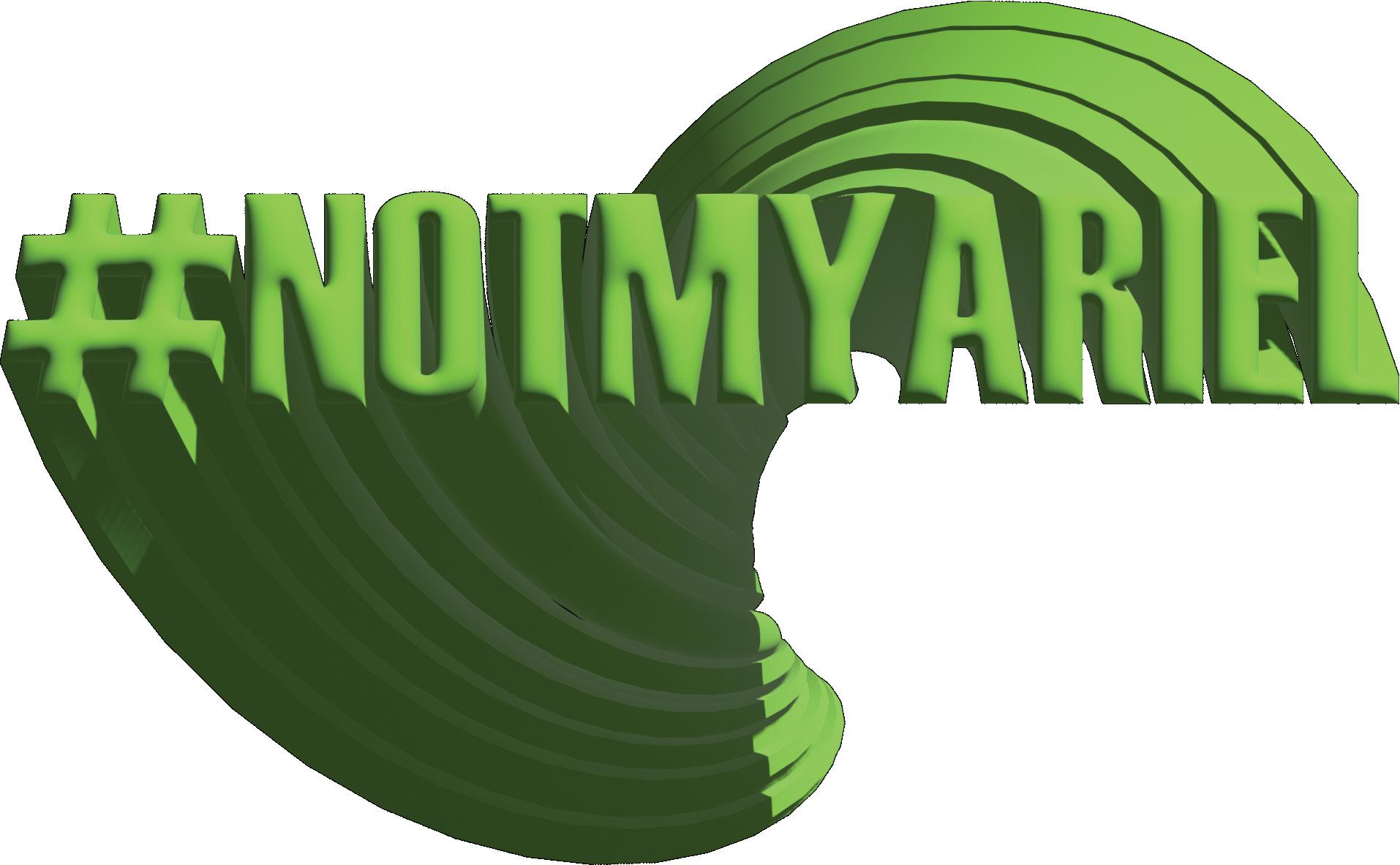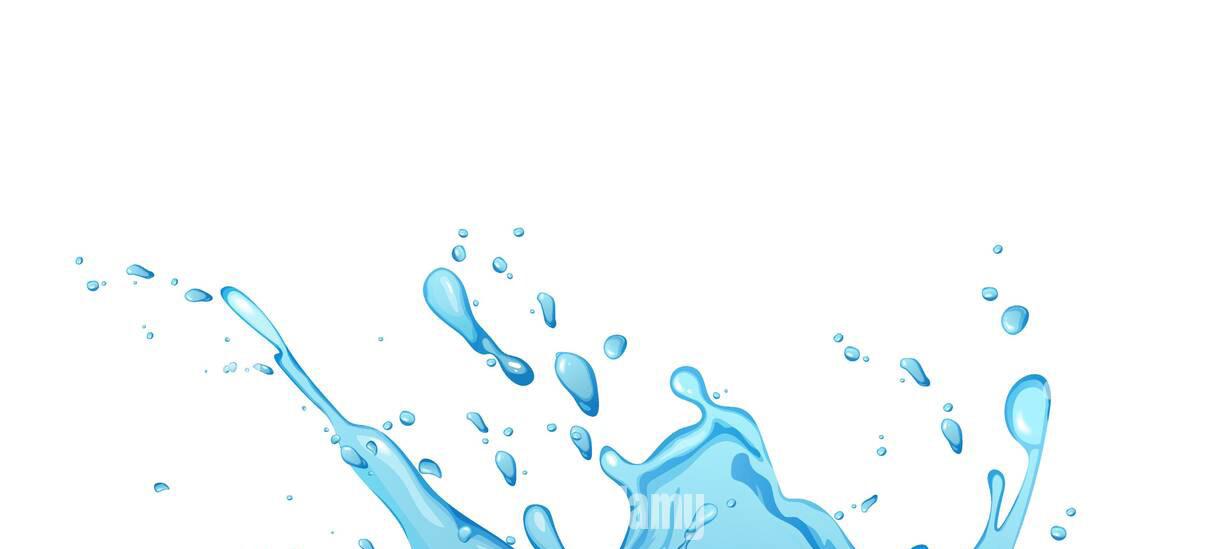
2 minute read
ARIEL
Thirty-four years on from the animated version, Disney have a live-action film of the tale set to release on the 26th of May 2023. Despite the film having not aired yet, from the release of the theatrical poster (on the left)and the one minute and twenty-four second trailer, there has been a worldwide conversation focused primarily on one thing: the colour of biracial American actor Halle Bailey’s skin and hair colour. Almost all the discussion about the film, both positive and negative, has surrounded the question of whether it was right to cast a black woman to play Ariel.
The official teaser trailer on YouTube has currently gained more than 28 million views, but also over 3 million dislikes, and sparked the hashtag “#notmyariel” on social media (Ta and Chiriguayo). Celebrating the significance of what this casting choice means for ethnic equality has been somewhat clouded by the views of some people; that the difference between Ariel being a Caucasian redhead in Disney’s 1989 animated film and being black in the live-action film is unacceptable, as evidenced in the screengrabs on the next page (fig 15 and 16).
Advertisement
Social media has changed a lot in the eight years between the releases of Cinderella and The Little Mermaid. When Cinderella was released, the current no.1 virtual app TikTok, where people share videos (and opinions), didn’t exist and the main source of online opinions came from Twitter and Facebook (Martin). Unfortunately, due to the way Twitter and Facebook organize their data it is not possible to access the number of Tweets/posts related to criticism of Cinderella as neither platform presents the total number (of views, posts/tweets) for each hashtag, like TikTok and Instagram do. This in itself is interesting and perhaps reflects that more recent platforms recognize the importance of transparency and the need to demonstrate public opinion. For Ariel I have therefore created a data table, shown to the right, displaying the trending hashtags on both TikTok and Instagram and the total number of views and posts for each. Videos with #notmyariel having over 14.9 million views, and #disneyexposed having over 85.8 million views, indicate the wide public engagement with this matter.
With both films there is/was contention over the appearance of the leading female actor and what Princesses should look like. For James the subject of concern was her unrealistic body shape and the negative message this would give young children; with Bailey the concern was her race, questioning why Disney would make such a considerable change to a pre-existing character. However, for both these criticisms there were also people questioning why these issues had even been raised in the first place. Although criticism for Cinderella was widespread on Twitter there were also some who defended Disney’s portrayal on Twitter; Shannon Ellison wrote, “When did being thin, or wearing clothes that make your waist look small, cause this self-righteous anger and condescending pity? #Cinderella”. There were also many videos showing ethnically diverse children reacting positively to seeing Ariel in the trailer for the first time.
















